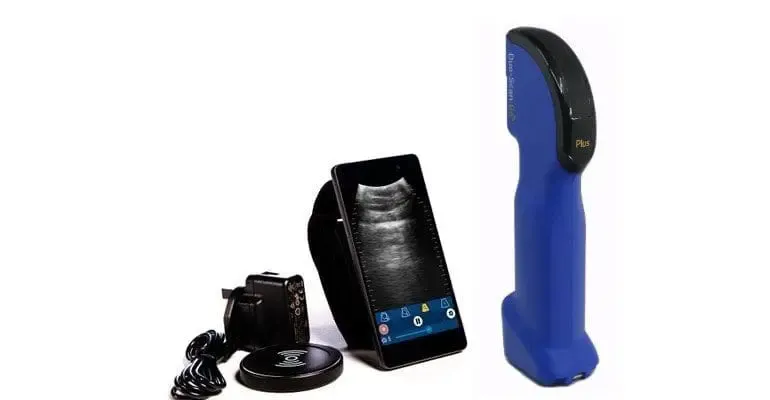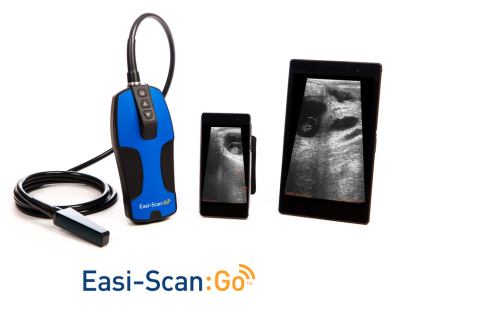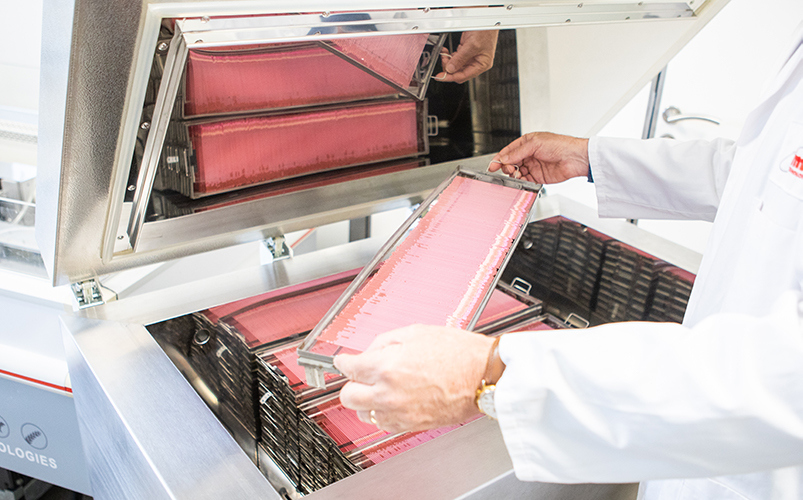
07.08.2024

Non-pregnant or non-lactating sows significantly reduce the reproductive efficiency of pig operations by incurring production costs—mainly related to feeding—and occupying valuable space in gestation facilities without producing pigs. As highlighted by Dr. Carlos H.C. Viana, Adjunct Professor at Pontifícia Universidade Católica de Minas Gerais, and Diego F. Leal, a Doctoral Student at the University of São Paulo, these non-productive animals fail to cover the costs associated with their daily maintenance and housing, thus affecting overall profitability. Effective early pregnancy determination methods are essential components of reproductive management programs, allowing producers to rebreed, treat, or remove sows that fail to become pregnant promptly, thereby reducing the number of non-productive days.
Traditionally, pregnancy diagnosis in pigs involves daily exposure to a sexually mature boar and observing the absence of standing estrus around 17-23 days post-insemination. However, as noted by Viana and Leal, this method is labor-intensive and subject to various factors, such as delayed estrus return, silent ovulation, cystic ovaries, and human error in detection. While alternative diagnostic methods, such as hormonal assays and laparoscopy, exist, their practicality on farms is limited. In this context, real-time ultrasonography (RTU) presents itself as a reliable tool for improving reproductive efficiency, offering a comprehensive approach to monitoring reproductive health, diagnosing conditions, and early pregnancy assessment, with accuracy largely influenced by the stage of gestation.
Download the complete article now! 🎯



